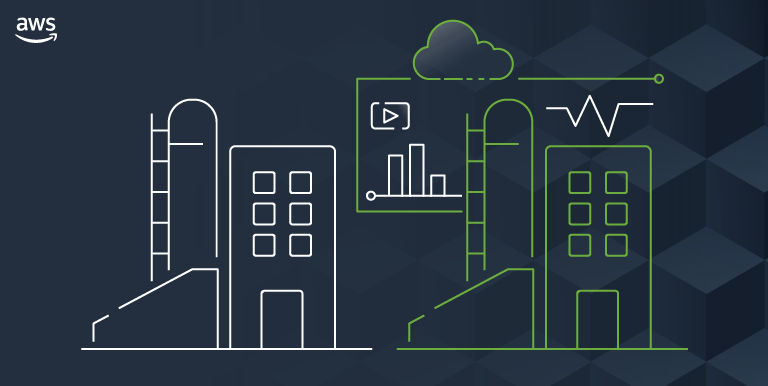 CLOUD
CLOUD
 CLOUD
CLOUD
 CLOUD
CLOUD
Amazon Web Services Inc. today announced the general availability of a new service that enables companies to create digital twins of physical assets such as buildings, factories, products and production line equipment.
With AWS IoT TwinMaker, companies can create digital twins and update them regularly with real-world data to mimic the systems they represent. They can then be used to design simulations to predict how specific products, processes and pieces of equipment will perform under different conditions.
Previously, if a company wanted to test a new product in the real world, the only way to do so was to create a physical replica. That’s no longer necessary. AWS says IoT TwinMaker makes it easy to create digital twins by connecting information from sources such as applications and video feeds, without needing to move that data to a single repository first.
That’s possible because AWS IoT TwinMaker comes with built-in connectors to services such as AWS IoT SiteWise, which is a managed service that makes it simple to collect, organize and analyze industrial equipment data. It also connects to Amazon Kinesis Video Streams and its S3 storage service, which provide other useful data.
As soon as AWS IoT TwinMaker is hooked up to the necessary data sources, it spins up a knowledge graph that maps how those sources are related, then ensures everything is kept up to date in real time. In addition, customers can import existing 3D models such as BIM and CAD files to create 3D visualizations, overlaying the knowledge graph data to create more detailed digital twins.
With their digital twin up and running, customers can visualize the data in the context of the physical environment that creates it. To do this, AWS IoT TwinMaker creates a digital twin graph that combines the relationships between connected data sources and the virtual representations of users’ physical systems. In other words, users will be able to model their real-world environments.
Users can import existing 3D models to represent existing spaces such as a factory floor more accurately. Moreover, they can add interactive video and sensor data overlays together with insights from machine learning services. The service also includes a plugin for Amazon Managed Grafana, a managed version of the Grafana visualization platform.

AWS IoT General Manager Michael MacKenzie said AWS IoT TwinMaker has gotten a lot of interest from customers since launching in preview last November. He explained that building digital twins is difficult for even the most technologically advanced organizations.
“With AWS IoT TwinMaker, customers can now derive previously unavailable insights about their operations that inform real-time improvements to their buildings, factories, industrial equipment and production lines, and make accurate predictions about system behavior with minimal effort,” he said.
Amazon said early adopters of AWS IoT TwinMaker include John Holland Group, one of the leading integrated infrastructure, rail, multi-model transportation and building companies in Australia. It uses AWS IoT TwinMaker to monitor the environmental impact of its construction projects.
As Bastian Uber, chief digital information officer at John Holland, explained, many of the projects his company works on are subject to environmental regulations, evidence collection and monitoring of environmental factors such as noise, dust, vibration and air quality.
“Using AWS IoT TwinMaker to create a construction digital twin, we aim to provide environmental managers a 360-degree view into the environmental impact of their project,” Uber said. “Our platform collects, analyzes and displays environmental data in a realistic 3D representation of the construction site, so environmental managers can monitor performance, investigate claims and gather comprehensive historical evidence.”
Amazon said general availability of AWS IoT TwinMaker means many more customers will be able to build digital twins that mirror real-world systems to improve operational efficiencies and reduce downtime. There are no upfront costs for using the services, with customers billed only for accessing the data they need to feed their digital twins.
The service is generally available now in Amazon’s US East (N. Virginia), US West (Oregon), Asia Pacific (Singapore), Asia Pacific (Sydney), Europe (Frankfurt) and Europe (Ireland) regions, with availability in additional AWS Regions coming soon.
Support our mission to keep content open and free by engaging with theCUBE community. Join theCUBE’s Alumni Trust Network, where technology leaders connect, share intelligence and create opportunities.
Founded by tech visionaries John Furrier and Dave Vellante, SiliconANGLE Media has built a dynamic ecosystem of industry-leading digital media brands that reach 15+ million elite tech professionals. Our new proprietary theCUBE AI Video Cloud is breaking ground in audience interaction, leveraging theCUBEai.com neural network to help technology companies make data-driven decisions and stay at the forefront of industry conversations.